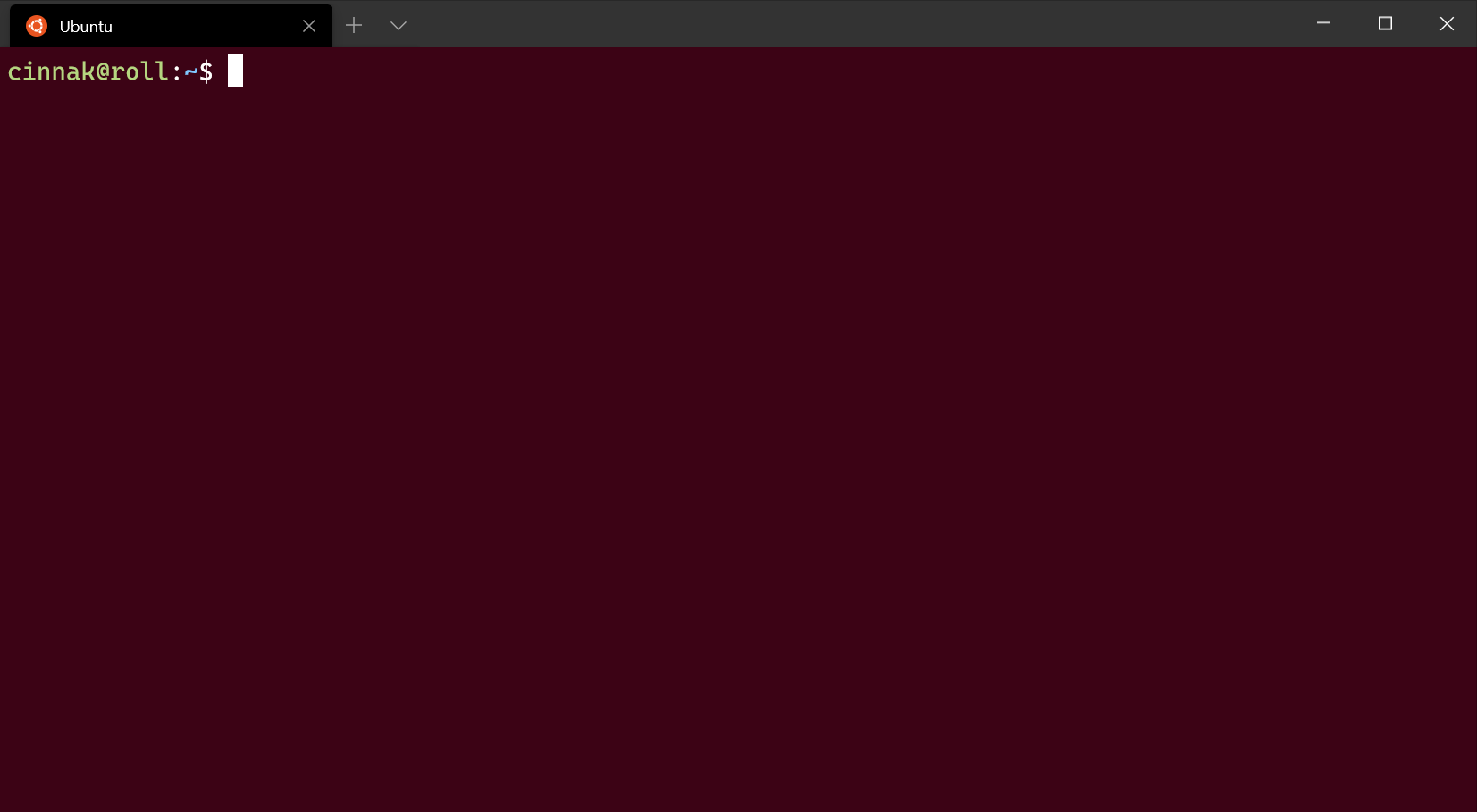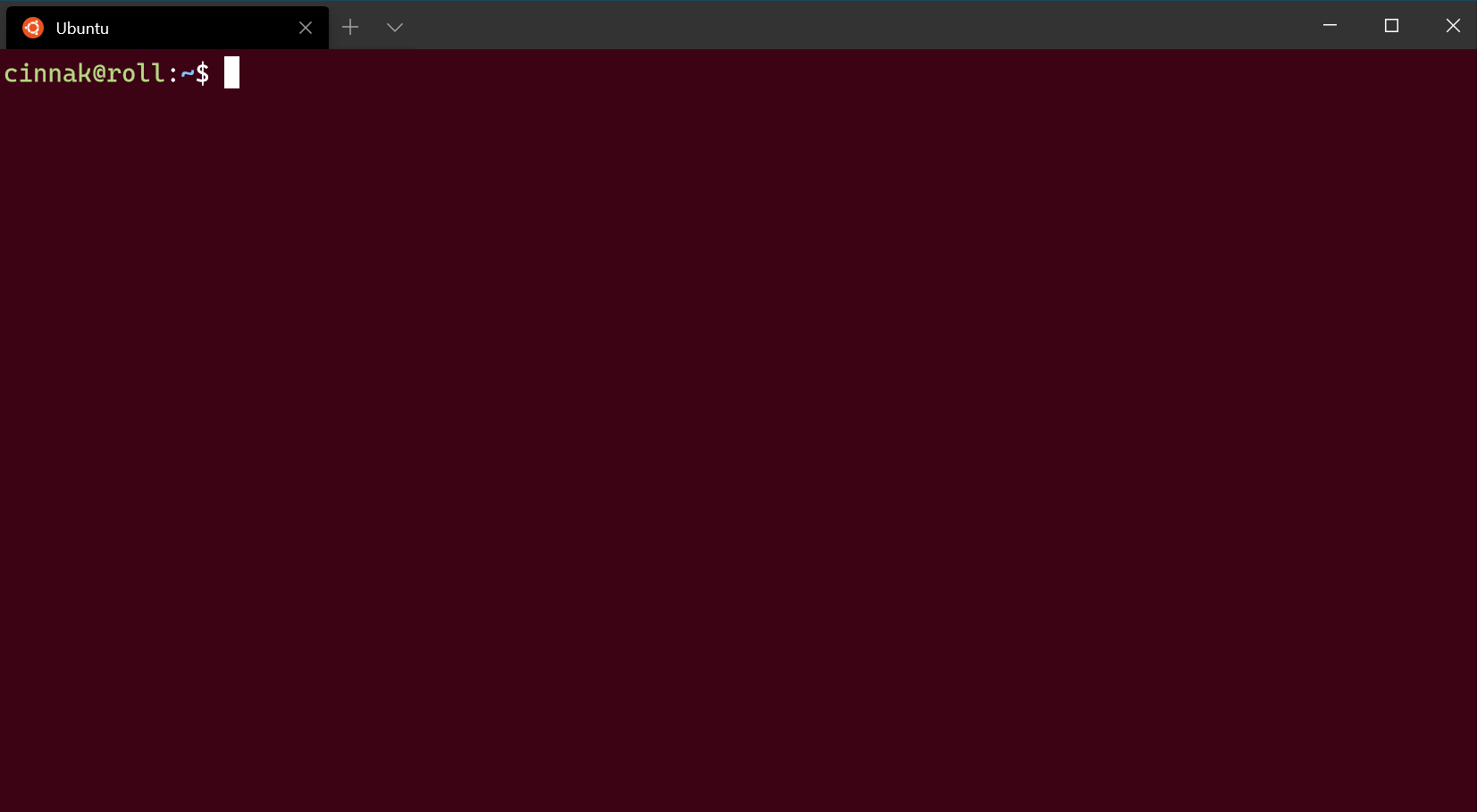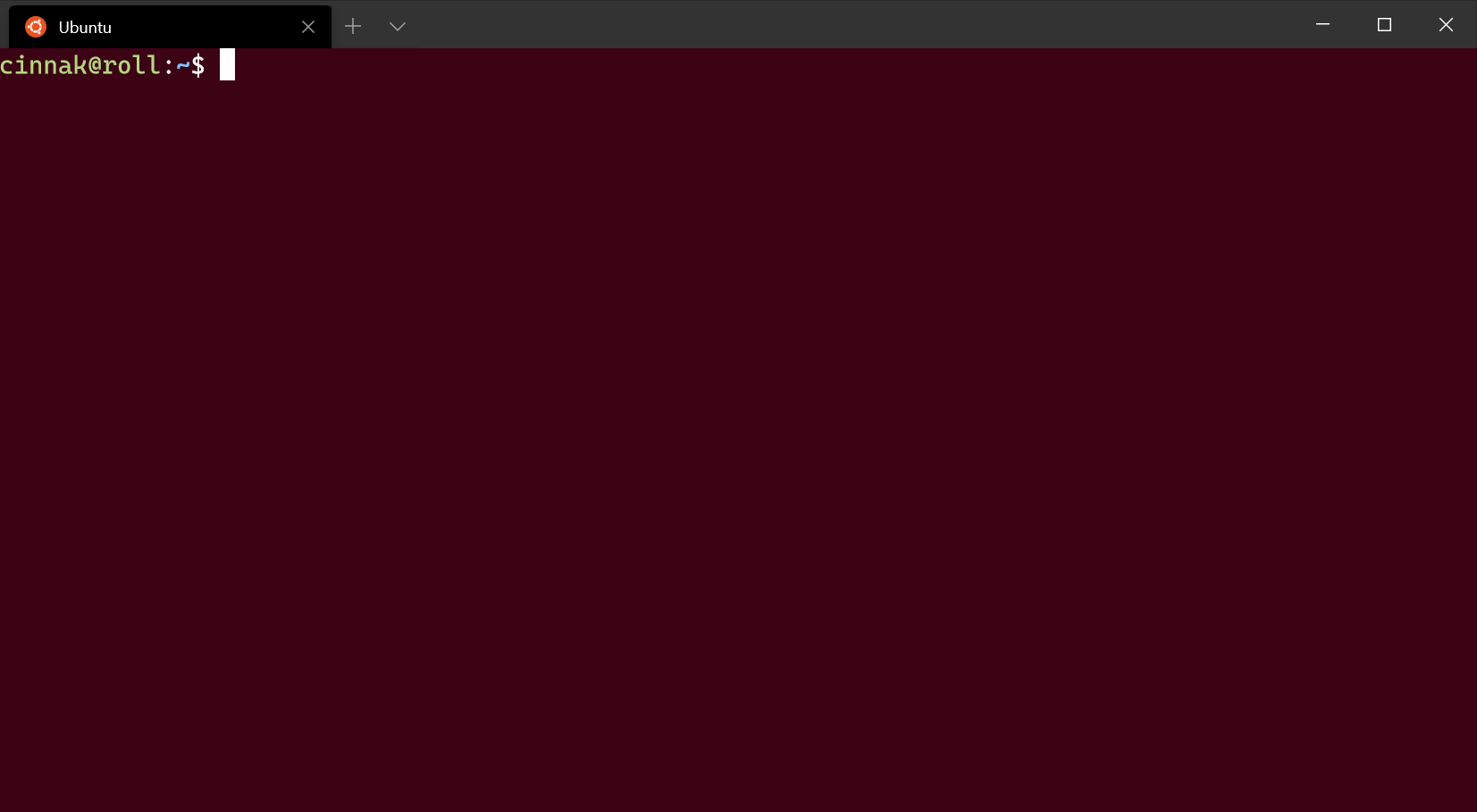- Cascadia Code
- Cascadia Code versions
- Powerline and programming ligatures
- Contributing to Cascadia Code
- Appearance profile settings in Windows Terminal
- Color scheme
- Font face
- Font size
- Font weight
- Retro terminal effects
- Cursor
- Cursor shape
- Cursor height
- Background image
- Background image path
- Background image stretch mode
- Background image alignment
- Background image opacity
- Acrylic
- Enable acrylic
- Acrylic opacity
- Window
- Padding
- Scrollbar visibility
- Color settings
- Tab color
- Foreground color
- Background color
- Selection background color
- Cursor color
- Unfocused appearance settings
- Unfocused appearance settings (Preview)
- Pixel shader effects
- Cascadia Code Cascadia Code
- Версии Cascadia Code Cascadia Code versions
- Powerline и программистские лигатуры Powerline and programming ligatures
- Участие в разработке Cascadia Code Contributing to Cascadia Code
Cascadia Code
Cascadia Code is a new monospaced font from Microsoft that provides a fresh experience for command-line applications and text editors. Cascadia Code was developed alongside Windows Terminal. This font is most recommended to be used with terminal applications and text editors such as Visual Studio and Visual Studio Code.
Cascadia Code versions
There are multiple versions of Cascadia Code available that include ligatures and glyphs. All versions of Cascadia Code can be downloaded from the Cascadia Code GitHub releases page. Windows Terminal ships Cascadia Code and Cascadia Mono in its package and uses Cascadia Mono by default.
| Font Name | Includes Ligatures | Includes Powerline Glyphs |
|---|---|---|
| Cascadia Code | Yes | No |
| Cascadia Mono | No | No |
| Cascadia Code PL | Yes | Yes |
| Cascadia Mono PL | No | Yes |
Powerline and programming ligatures
Powerline is a common command-line plugin that allows you to display additional information in your prompt. It uses a few additional glyphs to display this information properly. To learn more about setting up Powerline in your command prompt, visit the Powerline in Windows Terminal page.
Programming ligatures are glyphs that are created by combining characters. They are most useful when writing code. The «Code» variants include ligatures, whereas the «Mono» variants exclude them.
Contributing to Cascadia Code
Cascadia Code is licensed under the SIL Open Font license on GitHub.
Appearance profile settings in Windows Terminal
The settings listed below are specific to each unique profile. If you’d like a setting to apply to all of your profiles, you can add it to the defaults section above the list of profiles in your settings.json file.
Color scheme
This is the name of the color scheme used in the profile. Color schemes are defined in the schemes object. More detailed information can be found on the Color schemes page.
Property name: colorScheme
Necessity: Optional
Accepts: Name of color scheme as a string
Default value: «Campbell»
Font face
This is the name of the font face used in the profile. The terminal will try to fallback to Consolas if this can’t be found or is invalid. To learn about the other variants of the default font, Cascadia Mono, visit the Cascadia Code page.
Property name: fontFace
Necessity: Optional
Accepts: Font name as a string
Default value: «Cascadia Mono»
Font size
This sets the profile’s font size in points.
Property name: fontSize
Necessity: Optional
Accepts: Integer
Default value: 12
Font weight
This sets the weight (lightness or heaviness of the strokes) for the profile’s font.
Property name: fontWeight
Necessity: Optional
Accepts: «normal» , «thin» , «extra-light» , «light» , «semi-light» , «medium» , «semi-bold» , «bold» , «extra-bold» , «black» , «extra-black» , or an integer corresponding to the numeric representation of the OpenType font weight
Default value: «normal»
Retro terminal effects
When this is set to true , the terminal will emulate a classic CRT display with scan lines and blurry text edges. This is an experimental feature and its continued existence is not guaranteed.
If experimental.pixelShaderPath is set, it will override this setting.
Property name: experimental.retroTerminalEffect
Necessity: Optional
Accepts: true , false
Default value: false
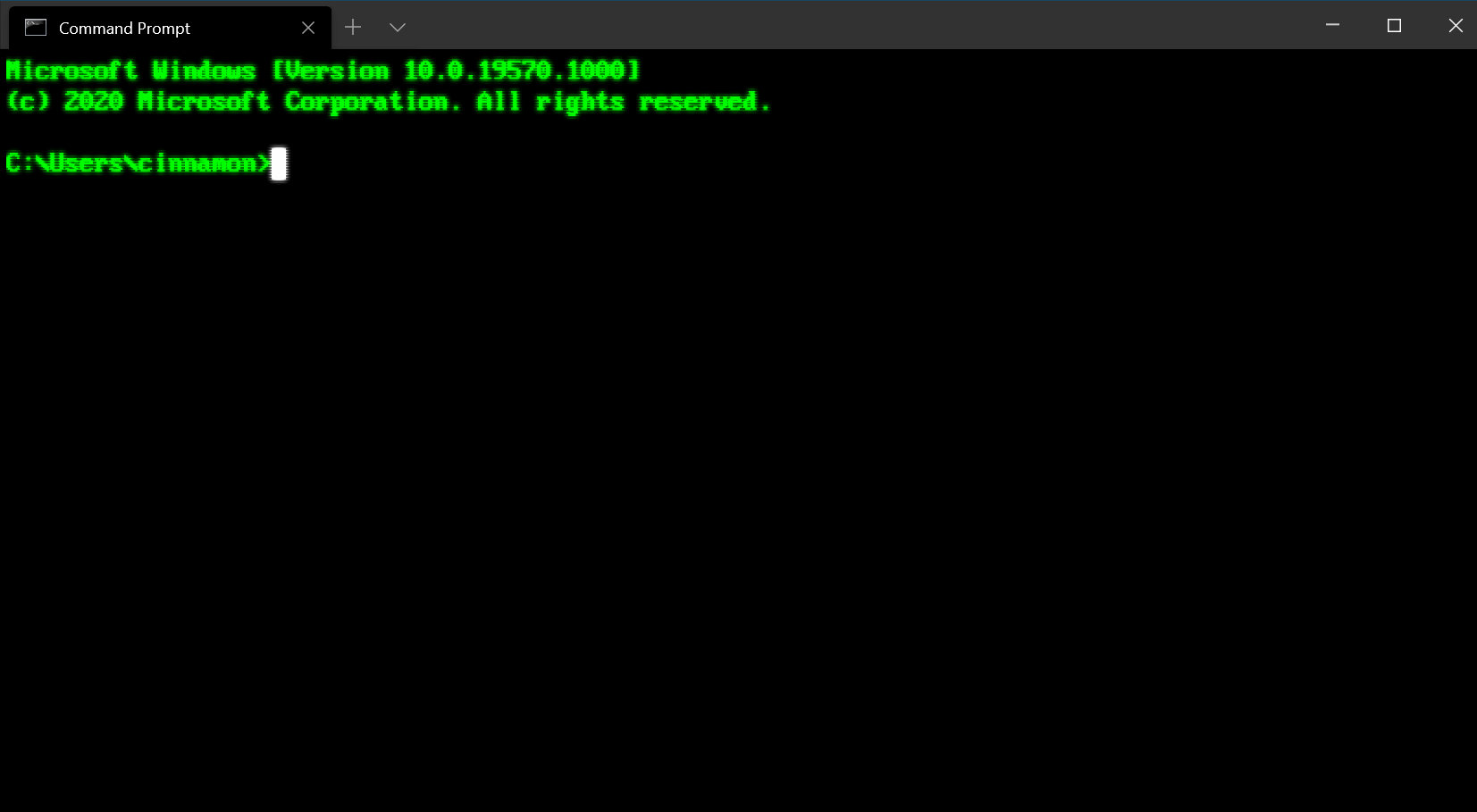
Cursor
Cursor shape
This sets the cursor shape for the profile. The possible cursors are as follows: «bar» ( в”ѓ ), «vintage» ( в–ѓ ), «underscore» ( в–Ѓ ), «filledBox» ( в–€ ), «emptyBox» ( в–Ї ), «doubleUnderscore» ( ‗ )
Property name: cursorShape
Necessity: Optional
Accepts: «bar» , «vintage» , «underscore» , «filledBox» , «emptyBox» , «doubleUnderscore»
Default value: «bar»
Cursor height
This sets the percentage height of the cursor starting from the bottom. This will only work when cursorShape is set to «vintage» .
Property name: cursorHeight
Necessity: Optional
Accepts: Integer from 25-100
Background image
Background image path
This sets the file location of the image to draw over the window background. The background image can be a .jpg, .png, or .gif file. «desktopWallpaper» will set the background image to the desktop’s wallpaper.
Property name: backgroundImage
Necessity: Optional
Accepts: File location as a string or «desktopWallpaper»
Background image stretch mode
This sets how the background image is resized to fill the window.
Property name: backgroundImageStretchMode
Necessity: Optional
Accepts: «none» , «fill» , «uniform» , «uniformToFill»
Default value: «uniformToFill»
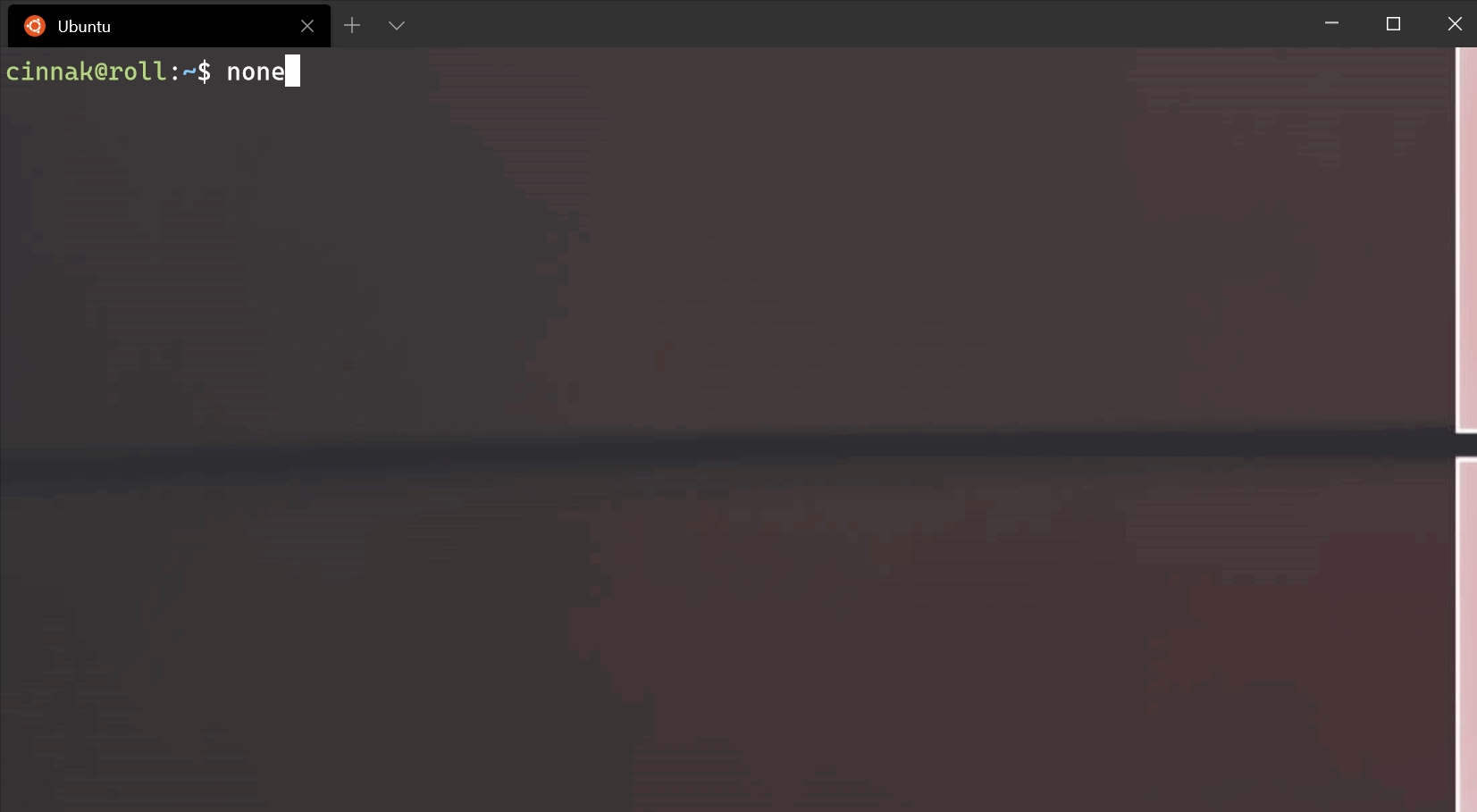
Background image alignment
This sets how the background image aligns to the boundaries of the window.
Property name: backgroundImageAlignment
Necessity: Optional
Accepts: «center» , «left» , «top» , «right» , «bottom» , «topLeft» , «topRight» , «bottomLeft» , «bottomRight»
Default value: «center»
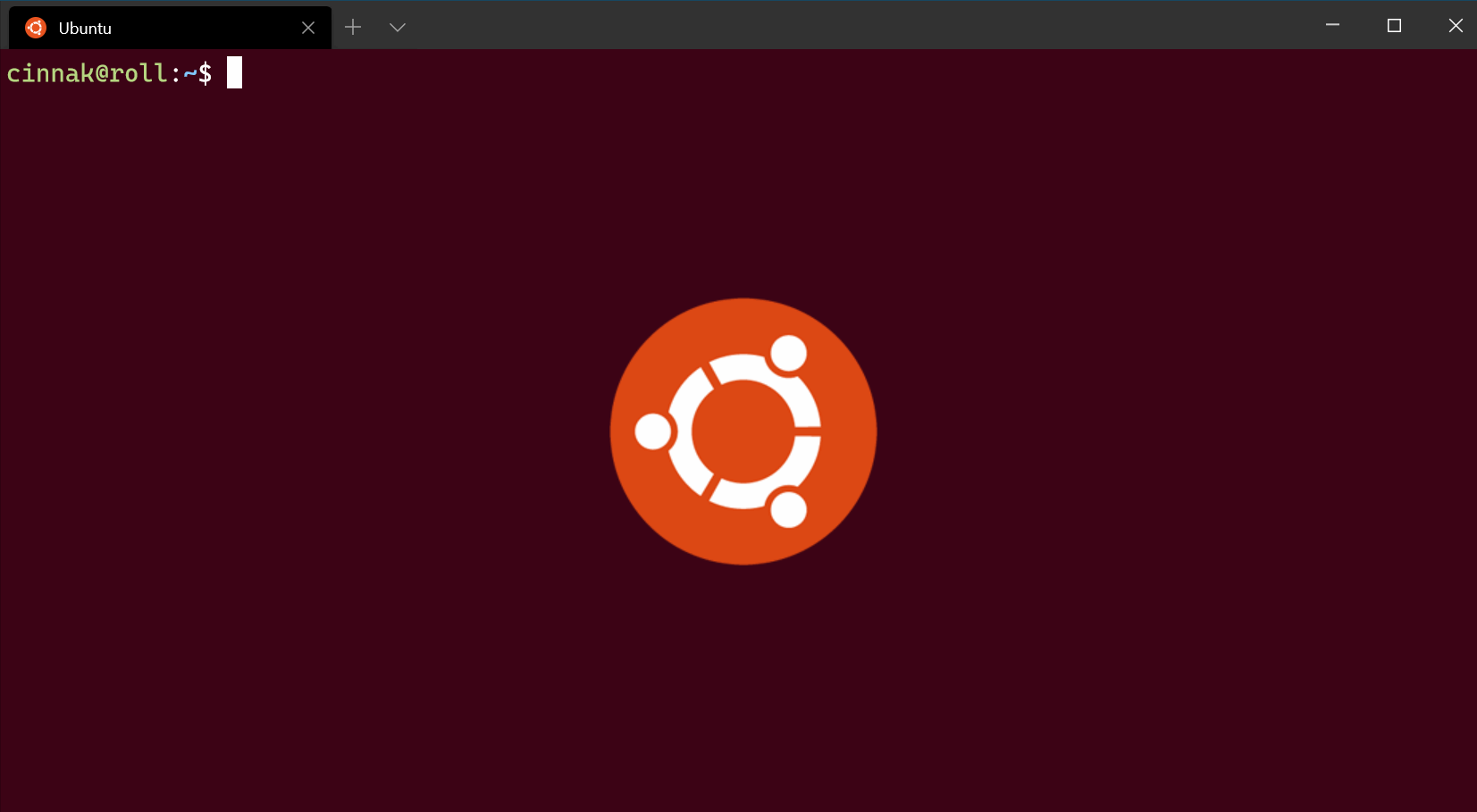
Background image opacity
This sets the transparency of the background image.
Property name: backgroundImageOpacity
Necessity: Optional
Accepts: Number as a floating point value from 0-1
Default value: 1.0
Acrylic
Enable acrylic
When this is set to true , the window will have an acrylic background. When it’s set to false , the window will have a plain, untextured background. The transparency only applies to focused windows due to OS limitations.
Property name: useAcrylic
Necessity: Optional
Accepts: true , false
Default value: false
Acrylic opacity
When useAcrylic is set to true , this sets the transparency of the window for the profile. This accepts floating point values from 0-1.
Property name: acrylicOpacity
Necessity: Optional
Accepts: Number as a floating point value from 0-1
Default value: 0.5
Window
Padding
This sets the padding around the text within the window. This will accept three different formats: «#» and # set the same padding for all sides, «#, #» sets the same padding for left-right and top-bottom, and «#, #, #, #» sets the padding individually for left, top, right, and bottom.
Property name: padding
Necessity: Optional
Accepts: Values as a string in the following formats: «#» , «#, #» , «#, #, #, #» or value as an integer: #
Default value: «8, 8, 8, 8»
Scrollbar visibility
This sets the visibility of the scrollbar.
Property name: scrollbarState
Necessity: Optional
Accepts: «visible» , «hidden»
Color settings
Tab color
This sets the color of the profile’s tab. Using the tab color picker will override this color.
Property name: tabColor
Necessity: Optional
Accepts: Color as a string in hex format: «#rgb» or «#rrggbb»
Foreground color
This changes the foreground color of the profile. This overrides foreground set in the color scheme if colorScheme is set.
Property name: foreground
Necessity: Optional
Accepts: Color as a string in hex format: «#rgb» or «#rrggbb»
Background color
This changes the background color of the profile with this setting. This overrides background set in the color scheme if colorScheme is set.
Property name: background
Necessity: Optional
Accepts: Color as a string in hex format: «#rgb» or «#rrggbb»
Selection background color
This sets the background color of a selection within the profile. This will override the selectionBackground set in the color scheme if colorScheme is set.
Property name: selectionBackground
Necessity: Optional
Accepts: Color as a string in hex format: «#rgb» or «#rrggbb»
Cursor color
This sets the cursor color of the profile. This will override the cursorColor set in the color scheme if colorScheme is set.
Property name: cursorColor
Necessity: Optional
Accepts: Color as a string in hex format: «#rgb» or «#rrggbb»
Unfocused appearance settings
Unfocused appearance settings (Preview)
An object you can add to a profile that applies settings to the profile when it is unfocused. This setting only accepts appearance settings.
Property name: unfocusedAppearance
Necessity: Optional
Accepts: backgroundImage , backgroundImageAlignment , backgroundImageOpacity , backgroundImageStretchMode , cursorHeight , cursorShape , cursorColor , colorScheme , foreground , background , selectionBackground , experimental.retroTerminalEffect , experimental.pixelShaderPath
Example:
This feature is only available in Windows Terminal Preview.
Pixel shader effects
This setting allows a user to specify the path to a custom pixel shader to use with the terminal content. This is an experimental feature and its continued existence is not guaranteed. For more details on authoring custom pixel shaders for the terminal, see this documentation.
If set, this will override the experimental.retroTerminalEffect setting.
Property name: experimental.pixelShaderPath
Necessity: Optional
Accepts: A path to an .hlsl shader file, as a string
Cascadia Code Cascadia Code
Cascadia Code — это новейший моноширинный шрифт, поставляемый корпорацией Майкрософт, который обеспечивает новые возможности при работе с приложениями командной строки и редакторами кода. Cascadia Code is a new monospaced font from Microsoft that provides a fresh experience for command-line applications and text editors. Cascadia Code был разработан вместе с Терминалом Windows. Cascadia Code was developed alongside Windows Terminal. Этот шрифт рекомендуется использовать с приложениями терминала и текстовыми редакторами, такими как Visual Studio и Visual Studio Code. This font is most recommended to be used with terminal applications and text editors such as Visual Studio and Visual Studio Code.
Версии Cascadia Code Cascadia Code versions
Доступно несколько версий Cascadia Code, включающих лигатуры и глифы. There are multiple versions of Cascadia Code available that include ligatures and glyphs. Все версии Cascadia Code можно скачать на сайте GitHub. All versions of Cascadia Code can be downloaded from the Cascadia Code GitHub releases page. Терминал Windows поставляется с Cascadia Code и Cascadia Mono, при этом Cascadia Mono используется в нем по умолчанию. Windows Terminal ships Cascadia Code and Cascadia Mono in its package and uses Cascadia Mono by default.
| Имя шрифта Font Name | Включает лигатуры Includes Ligatures | Включает глифы Powerline Includes Powerline Glyphs |
|---|---|---|
| Cascadia Code Cascadia Code | Да Yes | Нет No |
| Cascadia Mono Cascadia Mono | Нет No | Нет No |
| Cascadia Code PL Cascadia Code PL | Да Yes | Да Yes |
| Cascadia Mono PL Cascadia Mono PL | Нет No | Да Yes |
Powerline и программистские лигатуры Powerline and programming ligatures
Powerline — это общий подключаемый модуль командной строки, позволяющий отображать в запросе дополнительные сведения. Powerline is a common command-line plugin that allows you to display additional information in your prompt. Для правильного вывода этих сведений используется несколько дополнительных глифов. It uses a few additional glyphs to display this information properly. Дополнительные сведения о настройке Powerline в командной строке см. на странице Powerline в Терминале Windows. To learn more about setting up Powerline in your command prompt, visit the Powerline in Windows Terminal page.
Программистские лигатуры — это глифы, созданные путем объединения символов. Programming ligatures are glyphs that are created by combining characters. Они наиболее полезны при написании кода. They are most useful when writing code. Варианты шрифтов с Code в названии включают лигатуры, а варианты шрифтов с Mono — нет. The «Code» variants include ligatures, whereas the «Mono» variants exclude them.
Участие в разработке Cascadia Code Contributing to Cascadia Code
Шрифт Cascadia Code доступен под в лицензией SIL Open Font на сайте GitHub. Cascadia Code is licensed under the SIL Open Font license on GitHub.

